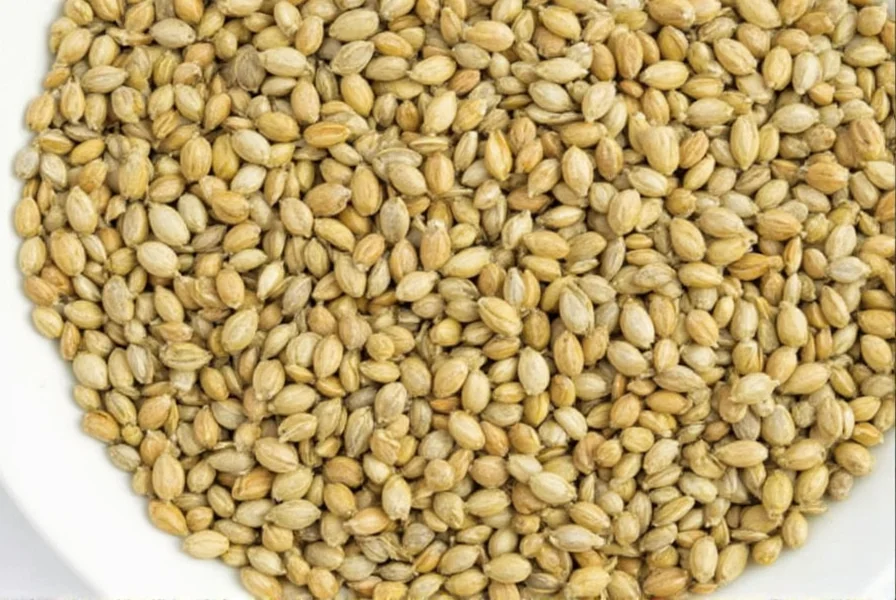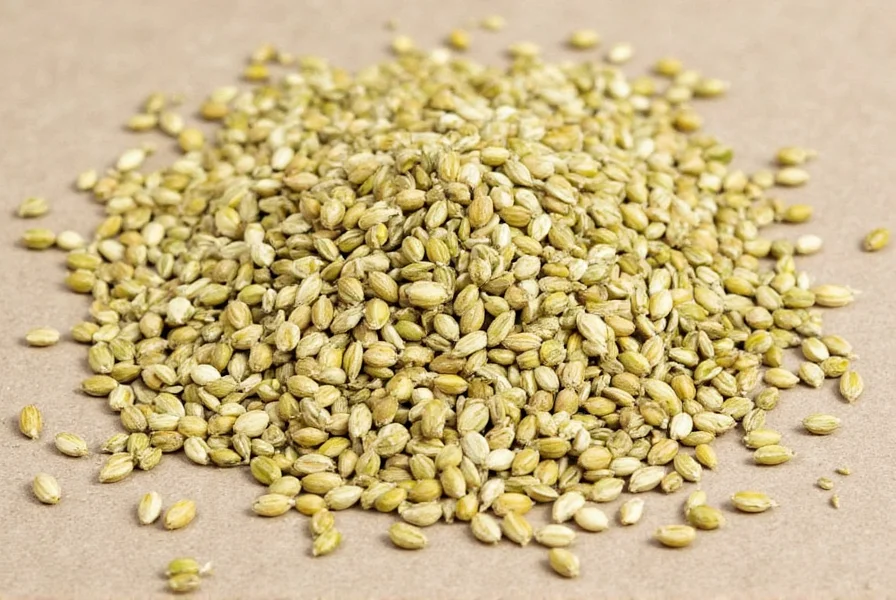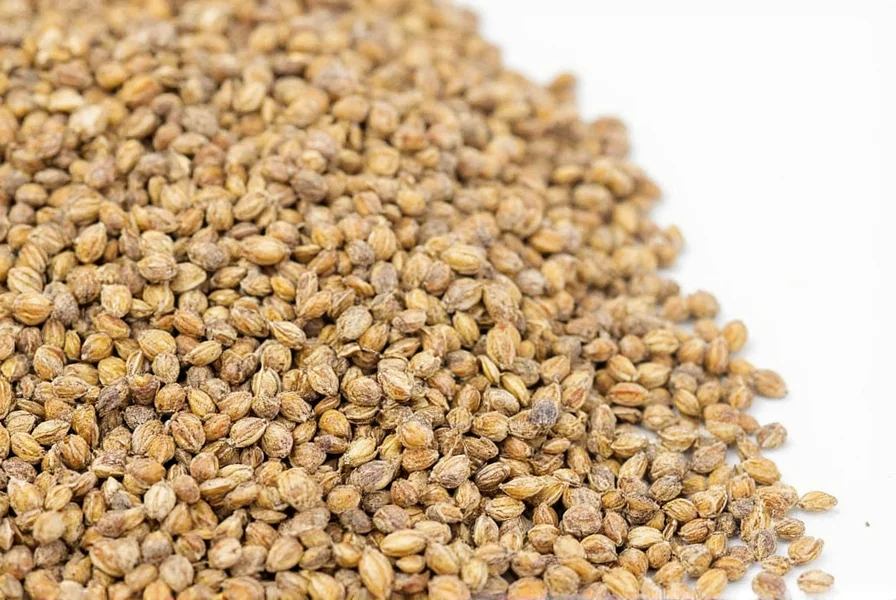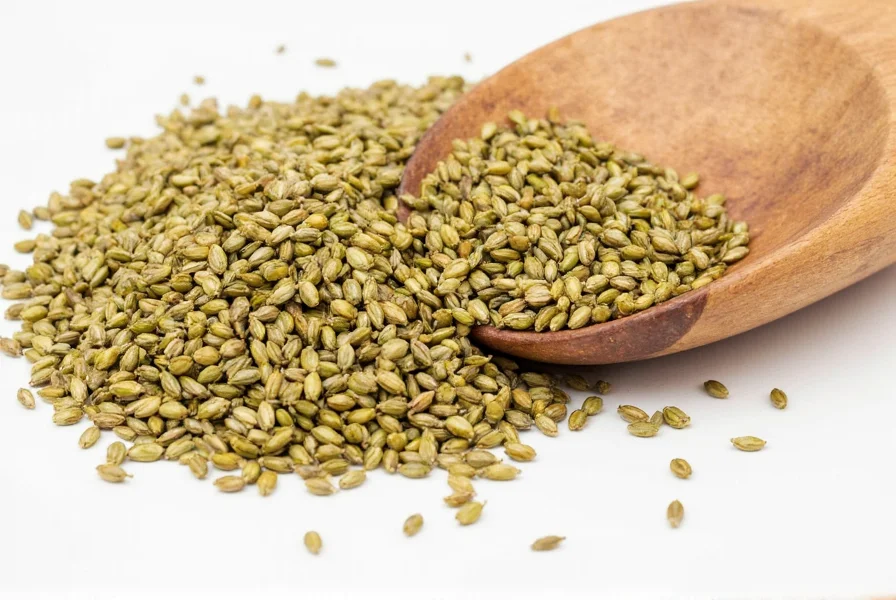Table of Contents
Introduction to Sweet Fennel Seeds
Sweet fennel seeds (Foeniculum vulgare) are a versatile spice with a sweet, licorice-like flavor used globally in both sweet and savory dishes. This guide provides authoritative information on their culinary applications, health benefits, and purchasing considerations based on verified culinary and nutritional sources.

Unlike similar seeds like cumin or caraway, sweet fennel seeds offer a distinct flavor profile that enhances dishes without overpowering them. Whether you're a home cook or professional chef, understanding these seeds will transform your culinary creations.
The Flavor Profile of Sweet Fennel Seeds
Sweet fennel seeds deliver a naturally sweet, licorice-like taste that is more subtle and floral than star anise or anise. This balanced flavor includes hints of bitterness and earthiness, making them ideal for complementing strong or spicy ingredients.
When toasted or crushed, they release a warm, fragrant aroma that elevates any dish. The USDA FoodData Central confirms fennel seeds contain essential oils like anethole, which contributes to their characteristic flavor and potential digestive benefits.

Cooking Uses and Tips
Based on professional culinary techniques, here's how to maximize sweet fennel seeds in your cooking:
- Toast Before Use: Toasting enhances aroma and flavor. Heat dry skillet over medium heat, add seeds, and stir for 30-60 seconds until fragrant.
- Baked Goods: Add 1/2 teaspoon per loaf to breads, cookies, or cakes for subtle sweetness. Ideal for rye bread and apple pies.
- Sauces and Stews: Use 1 teaspoon per quart in tomato-based sauces, roasted vegetables, or slow-cooked meals for depth.
- Fennel Seed Tea: Steep 1 teaspoon in hot water for 5 minutes for digestive support, as recommended by culinary traditions worldwide.
- Spice Blends: Combine with coriander, cumin, and cardamom for curries or marinades. Professional chefs often use this blend in Indian cuisine.
Buying Guide for Sweet Fennel Seeds
| Feature | Details |
|---|---|
| Appearance | Look for bright yellow or light brown seeds. Avoid dull or discolored seeds as they indicate age. |
| Aroma | Fresh seeds should have strong sweet licorice scent. Stale or musty smells indicate poor quality. |
| Texture | Seeds should be firm and not brittle. Crumbling indicates old seeds with lost potency. |
| Source | Choose organic options from reputable brands. USDA-certified organic seeds ensure purity. |
| Packaging | Store in airtight containers away from light and heat. Bulk seeds should be sealed in opaque bags. |

Comparison with Similar Spices
| Spice | Flavor Profile | Best Uses |
|---|---|---|
| Sweet Fennel Seeds | Smooth, sweet, and slightly licorice-like | Breads, teas, soups, and baked goods |
| Anise Seeds | Stronger licorice flavor, more intense | Candies, liqueurs, and specialty pastries |
| Star Anise | Strong, aromatic, and slightly bitter | Chinese cuisine, broths, and herbal teas |
| Cumin Seeds | Earthy, nutty, and slightly smoky | Indian, Middle Eastern, and Mexican dishes |
| Caraway Seeds | Pungent and earthy with subtle licorice notes | German sausages, rye bread, and pickling |
Frequently Asked Questions
What are sweet fennel seeds?
Sweet fennel seeds (Foeniculum vulgare) are a culinary spice with a sweet licorice flavor. They are distinct from wild fennel varieties and are commonly used in Mediterranean, Indian, and European cuisines. The USDA classifies them as a food spice with no medicinal claims.
What are the health benefits of sweet fennel seeds?
According to the National Institutes of Health (NIH), fennel seeds may aid digestion and reduce bloating. They are a good source of fiber, potassium, and manganese. However, they should be consumed as part of a balanced diet, not as medical treatment. Always consult a healthcare professional for health concerns.
How much sweet fennel seed should I use in a recipe?
Start with 1/4 to 1/2 teaspoon of crushed seeds per serving. For whole seeds, use 1/2 to 1 teaspoon per serving. Toasted seeds have intensified flavor, so reduce quantity by 20% if using toasted seeds.
Can I substitute sweet fennel seeds for anise or star anise?
For anise seeds, use a 1:1 ratio but expect milder flavor. For star anise, use 1/2 teaspoon fennel seeds per star anise as star anise is significantly stronger. Always adjust to taste as substitutions alter the dish's character.
How long do sweet fennel seeds stay fresh?
Properly stored in airtight containers away from light and heat, they maintain peak flavor for 1-2 years. Check freshness by crushing a seed; if no strong aroma, they've lost potency. For maximum longevity, store in the refrigerator or freezer.
Are sweet fennel seeds the same as regular fennel seeds?
Yes, "sweet fennel seeds" is the common name for culinary fennel seeds (Foeniculum vulgare var. dulce). Most fennel seeds sold for cooking are the sweet variety. When recipes say "fennel seeds" without specification, they refer to this type.
Conclusion
Sweet fennel seeds are a culinary essential with versatile applications across global cuisines. Their balanced sweet-licorice flavor enhances both sweet and savory dishes when used correctly. By following professional techniques for toasting, measuring, and pairing, you can transform ordinary meals into extraordinary experiences.

Remember to source high-quality seeds and store them properly to maintain freshness. Whether you're making bread, tea, or spice blends, sweet fennel seeds offer endless possibilities for culinary creativity.










 浙公网安备
33010002000092号
浙公网安备
33010002000092号 浙B2-20120091-4
浙B2-20120091-4